
Nature offers ample of opportunities to capture the patterns. Patterns contribute to a composition aesthetically. Human beings aren’t usually accustomed to these patterns and arrangements in their day-to-day lives; and when these arrangements are presented graphically with blend of colors, shades, tones and heightened effects of lines, curves and textures; they naturally draw the human eye. Patterns are integral element of capturing interesting photographs. They can implicitly be portrayed as the subject itself or can complement the subject as well. Here are 10 tips to compliment your compositions with gorgeous patterns.
-
Voluminous Repetitions
Anything which repeats itself forms pattern. You can observe patterns in each and every aspect of nature — from clump of trees standing at the countryside to the rowing hills and mountains and from man-made landscapes to the skins and textures of flora & fauna. Even a small number of repetitions gain focus; as the number of repetitions grows it creates an illusionary effect.
-
Include Textures
Capturing the textures of the objects being photographed adds a tactual aspect to it. All types of textures, be it smooth, soft, harsh or rough, generate interesting patterns when observed carefully. You can observe textures on the surface of plants, barks of trees, old and ruined architectures and so. Consider light as the major factor while portraying textures as the subject. Use harsh and hard light to bring about the effect of rough and irregular surfaces and prefer to capture regular and smooth textures in soft light.
-
Symmetry
Symmetry can be adjudged as the essence of patterns. It can make or break the photographic composition. Symmetry offers organized and well balanced proportions to an image and thus heightens the sense of perfect synchronization among the elements present in the scene.
-
Include Lines And Curves
The arrangement of multiple lines and curves on the frames lead the viewer’s eye to your center of interest. These lines and curves offer an additional dimension to the otherwise plain looking 2-D image. The vertical lines emphasize the depth and draws the eye upward whereas the horizontal lines lead your eyes into the photograph to the center of focus.
-
Emphasize Patterns
When you are portraying patterns as the subject, try to fill the entire frame with the patterns to emphasize its effect. Exclude the background clutter; zoom-in the lines, curves or textures and isolate them from the rest of the scene. Consider using a telephoto lens or crop the final image to highlight the final result — the patterns.
-
Depict Varying Tones
Repetitions at times can be monotonous. Introduce attractiveness to your captures by playing with the effects of lights and shadows. Some patterns are at their best when the bright light falls on them; with some of the areas getting highlighted with the soft and subtle shades while some areas immersing in the brighter tones. Try to portray contrasting colors to bring about the mesmerizing effect.
-
Cropping
Try to focus on the patterns and fill the entire frame with zoomed-in patterns — leaving behind the cluttered background and defining edges to give an impression of infinite repetitions. The cropped images are devoid of distractions and thus hold viewers attention.
-
Highlight One And Blur The Rest
To break the monotony of patterns you can always try something creative and interesting. When capturing crop fields (or floral fields), try to focus on one of the flowers and blur the rest of the cluster to add your perspective to the frame. This way you can represent the voluminous aspect of the patterns merged with close-up view — a perfect way to exaggerate the distinction of one instance from rest of cluster.
-
Zoom-in
To capture the patterns you need to exercise some of the tips of macro photography. Take the close-ups and zoom-in your subject to bring out beholding patterns and textures. A zoomed-in frame ultimately catches the eye to the things which remain unnoticed in our day-to-day lives.
-
Creative Outlook
Observe carefully and discover the patterns around you. Have an imaginative and creative outlook to the world around you. Notice the minute details attached to the subject or otherwise. You can creatively capture lined up pillars and trees, patterned windows of a huge office building, scattered clouds, textured ground and walls around you or drifting sands, delicate skins of flowers and elegant texture of leaves — to highlight the patterns.
Do you use patterns to make your composition more interesting?

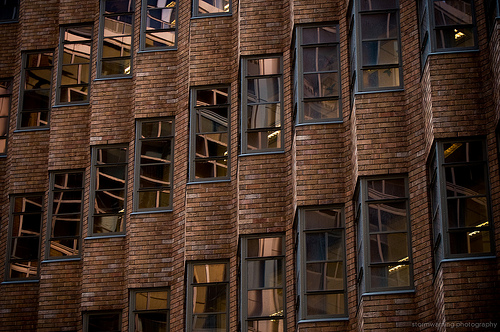



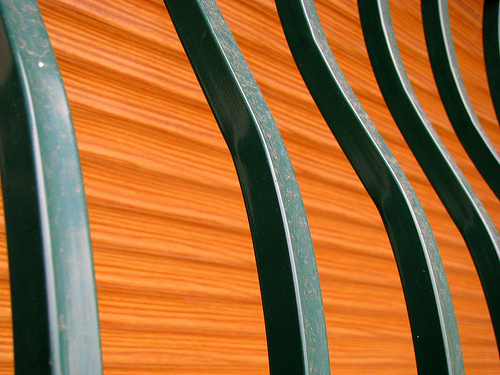
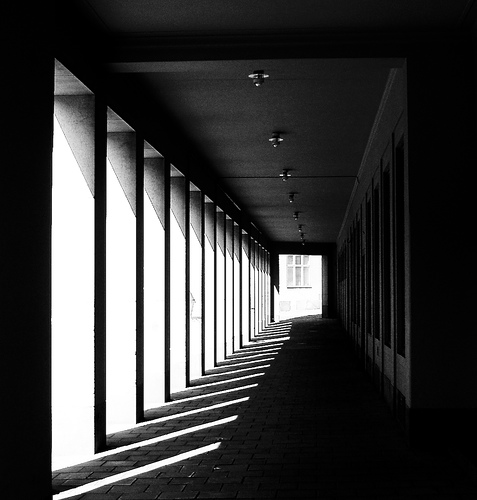
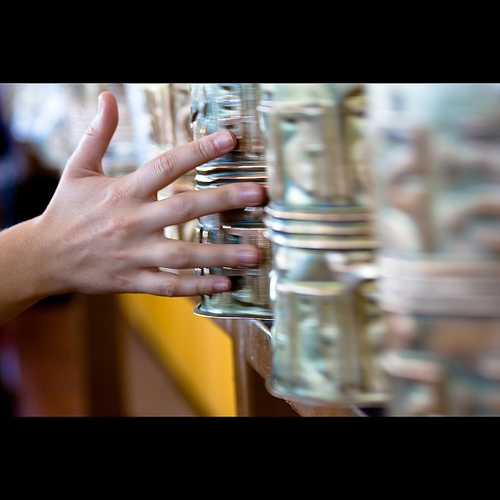
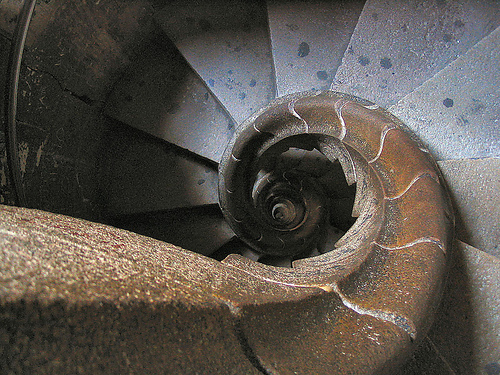

Great to read about the use of patterns in photography. Keep up the good work.
Finally I found a place to help me with my composition. Love it Keep the good work